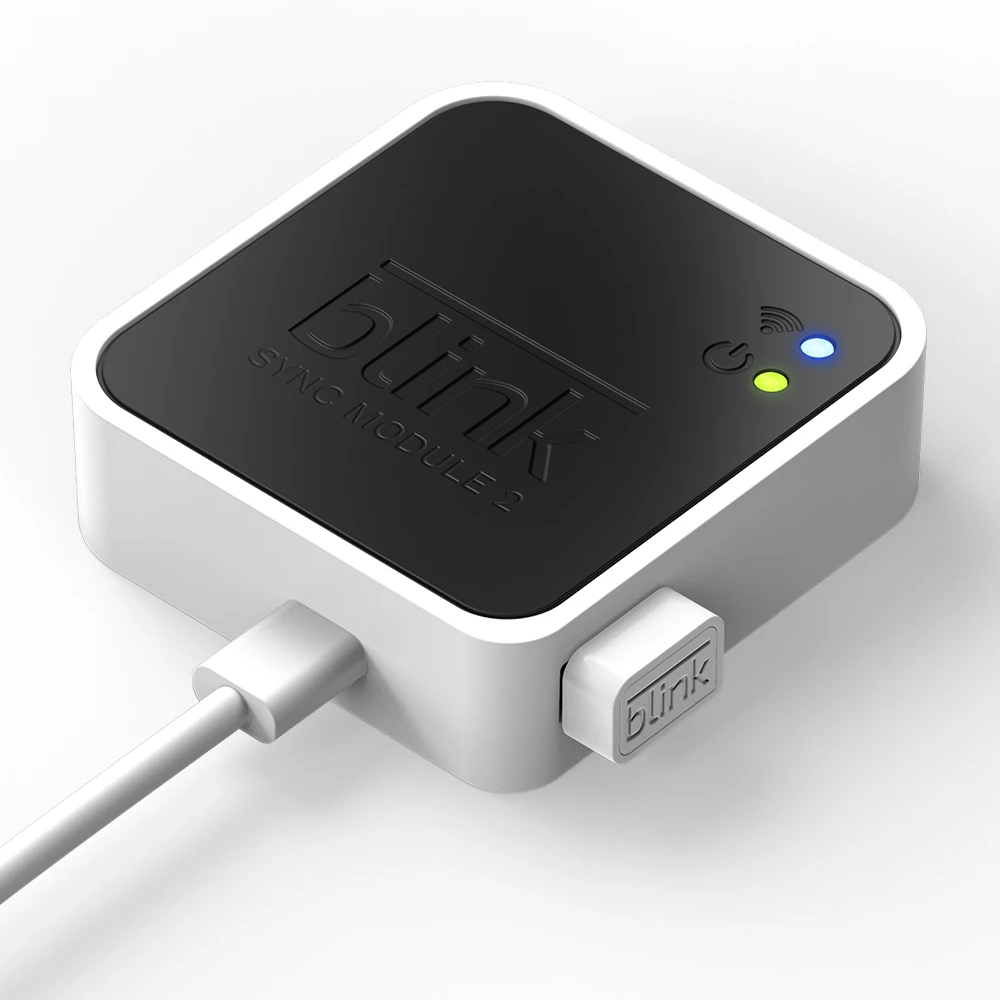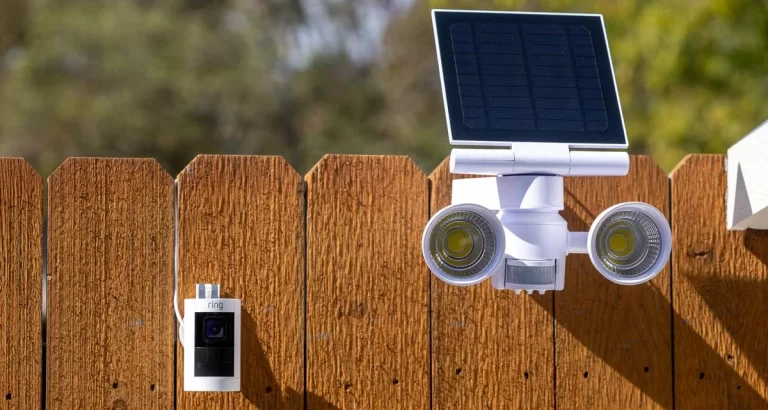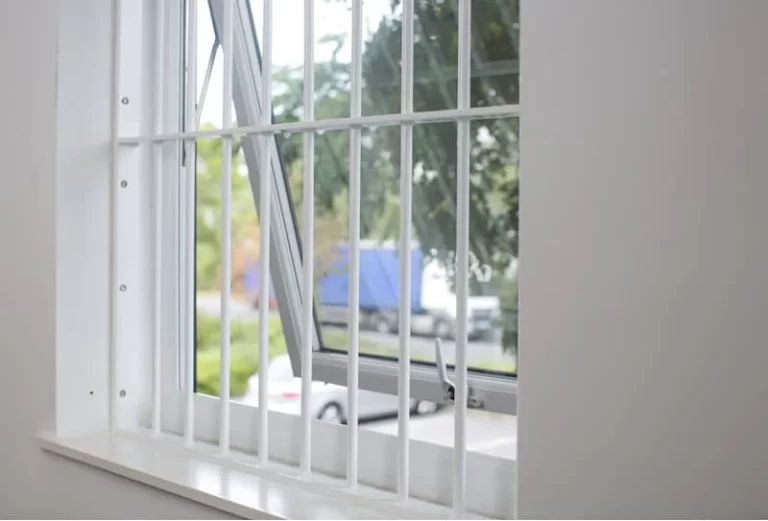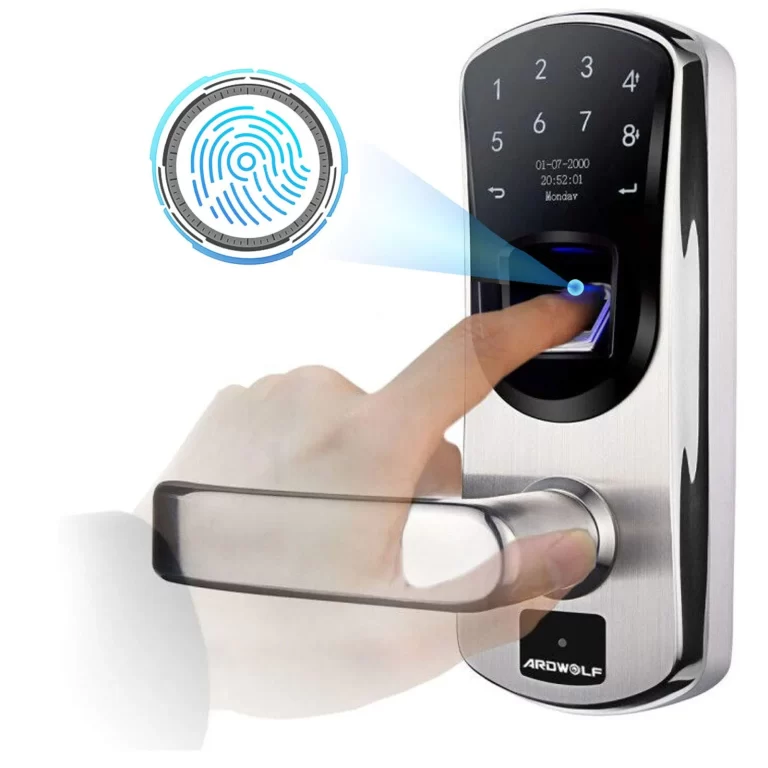Does Blink Work Without Power?
Does Blink work without power? Blink is a popular brand known for its innovative home security camera systems. These wireless cameras offer convenience and flexibility, allowing users to monitor their homes remotely.
In this article, we will delve into the topic of Blink cameras and their functionality during power outages. We’ll discuss their power backup capabilities, the impact on performance, and address common FAQs surrounding this issue.

Does Blink Work Without Power?
When it comes to power outages, it’s natural to wonder if your security cameras will continue to function. Blink cameras are designed to operate wirelessly, which implies they do not rely solely on a direct power connection.
However, it’s important to note that while Blink cameras do work without a direct power source, they still require power to function. Let’s explore the two primary power sources for Blink cameras.
1. Battery-powered Blink cameras
One of the standout features of Blink cameras is their battery-powered operation. These cameras come with built-in batteries that provide the necessary power to keep them running.
The batteries can last for an extended period, depending on factors such as camera usage, recording frequency, and environmental conditions.
When fully charged, Blink camera batteries can last anywhere from several weeks to a few months.
This makes them ideal for situations where a consistent power supply may not be available, such as during power outages or in remote locations.
Additionally, the battery-powered nature of Blink cameras allows for easy installation and flexibility in camera placement.
2. Power outlet and Sync Module
While Blink cameras can run on batteries, they also offer the option of connecting to a power outlet through a Sync Module.
The Sync Module acts as a bridge between the cameras and your home network, facilitating communication and providing power to the cameras.
When the cameras are connected to a power outlet via the Sync Module, they can recharge their batteries while operating. This setup ensures uninterrupted surveillance and eliminates the need for manual battery replacements.
It’s important to note that even when connected to a power outlet, the Sync Module itself requires a backup power source, such as a battery or uninterruptible power supply (UPS), to maintain camera functionality during power outages.
Power Backup and Performance of Blink Camera
Now that we’ve established the power sources for Blink cameras, let’s explore their performance during power outages and the impact on their functionality.
Battery-powered camera performance
During a power outage, Blink cameras running on battery power will continue to operate seamlessly.
The built-in batteries provide a reliable power source, ensuring that the cameras capture video footage and send alerts when motion is detected.
However, it’s important to monitor the battery level regularly and recharge or replace them as needed to maintain continuous operation.
Sync Module and Power Outlet of Blink Camera
In scenarios where Blink cameras are connected to a power outlet via the Sync Module, the power backup solution becomes crucial.
If a power outage occurs and the Sync Module lacks a backup power source, the cameras will lose connection to the network, rendering them unable to transmit video or detect motion.
Therefore, it is recommended to use a backup power supply, such as a battery or UPS, to keep the Sync Module powered during outages.
FAQs About Blink Cameras and Power Backup
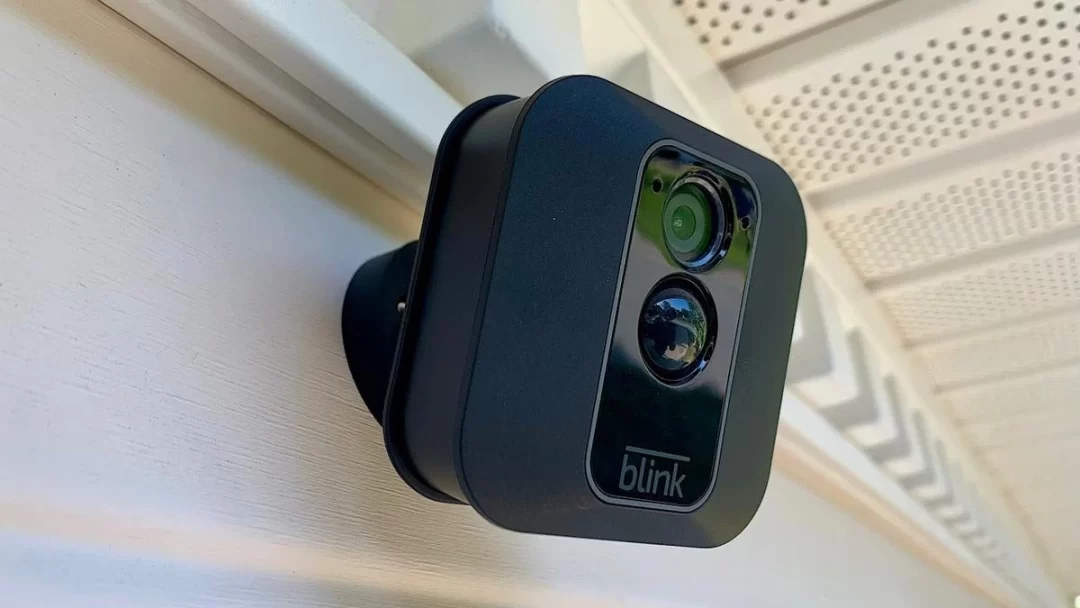
Here are some questions and answers related to “Does Blink work without power?”
1. Can Blink cameras record during a power outage?
Yes, Blink cameras can record during a power outage if they are battery-powered.
However, cameras connected to a power outlet through the Sync Module will not be able to record without a backup power source for the Sync Module itself.
2. Do Blink cameras send alerts during power outages?
Yes, if Blink cameras are running on battery power, they will continue to send alerts during a power outage.
However, cameras connected to a power outlet via the Sync Module will not be able to send alerts without a backup power source for the Sync Module.
3. How long do Blink camera batteries last during a power outage?
The battery life of Blink cameras during a power outage depends on various factors, including camera usage, recording frequency, and environmental conditions.
On average, the batteries can last for several weeks to a few months.
4. Can I use a UPS (uninterruptible power supply) with Blink cameras?
Yes, using a UPS with the Sync Module is an effective way to ensure an uninterrupted power supply to Blink cameras during a power outage.
The UPS acts as a backup power source, keeping the Sync Module and cameras operational.
5. Can I access live footage from Blink cameras during a power outage?
If your Blink cameras are battery-powered, you can access live footage even during a power outage.
However, cameras connected to a power outlet via the Sync Module will not transmit live footage without a backup power source for the Sync Module.
6. Do Blink cameras require an internet connection to function during a power outage?
Blink cameras require an internet connection to transmit video footage and send alerts.
However, if your cameras are battery-powered, they can continue to capture footage locally and upload it to the Blink cloud once the internet connection is restored.
Conclusion
In conclusion, Blink cameras are designed to work without a direct power connection, thanks to their battery-powered operation. This feature makes them a reliable choice for home security, especially during power outages.
However, it’s essential to ensure a backup power source for the Sync Module if you choose to connect the cameras to a power outlet.
By considering these factors and addressing common concerns, Blink provides users with a versatile and dependable security camera solution.
READ ALSO!!!
